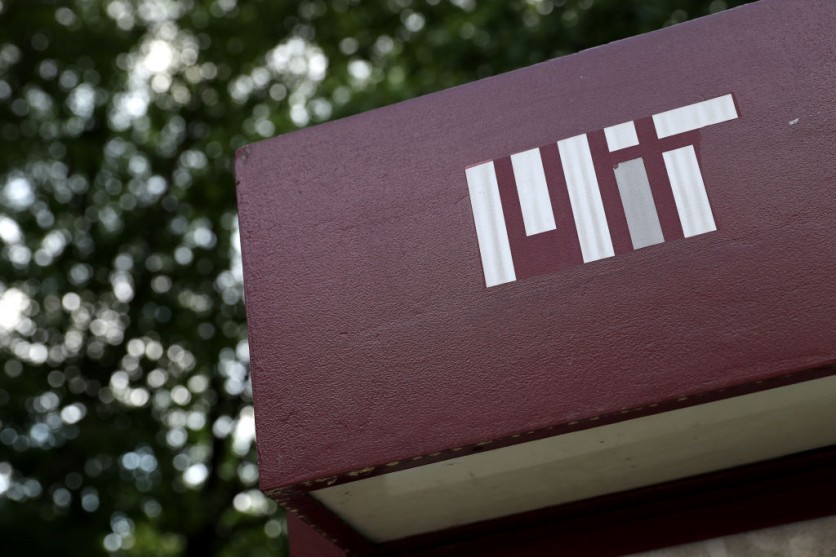A groundbreaking discovery emerges from MIT as researchers unveil a pioneering technique that promises to revolutionize chemical processing reactions.

A sign on the campus of Massachusetts Institute of Technology on July 08, 2020 in Cambridge, Massachusetts.
Enhancing Chemical Reactions by 100,000 Times
MIT enhances chemical reactions by 100,000 times with minimal electrical charges. With a modest electrical pulse, chemical reactions receive a significant boost. Industries like petrochemicals and pharmaceuticals could undergo a transformative shift.
Interesting Engineering reported that the study introduces a method capable of turbocharging essential reactions crucial in various industries, including petrochemical processing and pharmaceutical manufacturing.
Led by MIT graduate student Karl Westendorf, alongside professors Yogesh Surendranath and Yuriy Roman-Leshkov, the research team achieved an astonishing acceleration in reaction rates by up to a remarkable factor of 100,000 with the application of a mere whisper of electricity.
This approach heralds a potential leap from sluggish reactions to lightning-speed processes, potentially reshaping the landscape of chemical production. Surendranath, a professor of chemistry and chemical engineering, underscores the significance of the findings, deeming the results "really striking."
Of particular note is that such dramatic rate increases were previously observed exclusively in redox half-reactions involving electron gain or loss. However, MIT News stated that the study demonstrates these unprecedented enhancements in reactions that bypass oxidation or reduction processes.
The researchers directed their attention to non-redox chemical reactions facilitated by acids, a fundamental catalyst familiar to introductory chemistry students. These acid-catalyzed reactions play a crucial role in a wide array of processes, from refining petrochemicals to manufacturing pharmaceuticals.
Professor Roman-Leshkov underscores their significance, stating that these reactions are pivotal in making many products we use daily. What distinguishes this breakthrough is its ability to bridge two traditionally separate research domains: electrochemical and thermochemical catalysis.
Although the application of a slight external voltage has long been recognized in electrochemistry, it has not been systematically applied to acid-catalyzed thermochemical reactions until now.
Capitalizing Discoveries
As published in the journal Science, the team is swiftly moving forward to capitalize on their discoveries. They have initiated a provisional patent application and are exploring avenues to integrate these findings into specific chemical processes.
Westendorf envisions the possibility of designing and developing new reactors to leverage this approach, hinting at a potential revolution in chemical engineering.
Although their experiments employed a two-dimensional planar electrode, they are now investigating methods to adapt the process for three-dimensional vessels utilized in industrial reactions.
This adaptation could significantly enhance chemical production efficiency, resulting in exponential changes with minimal energy input.
The MIT team's research holds the promise of reshaping the foundational understanding of surface catalytic reactions. As Surendranath aptly puts it, "That's what's amazing about it." Chemistry stands on the cusp of transformation, with MIT leading the charge in rewriting the rules of catalysis.
The group comprised MIT postdoctoral researcher Max Hulsey, who earned his PhD in 2022, and graduate student Thejas Wesley, who is expected to receive his PhD in 2023. Their work received support from the Air Force Office of Scientific Research and the U.S. Department of Energy Basic Energy Sciences.





